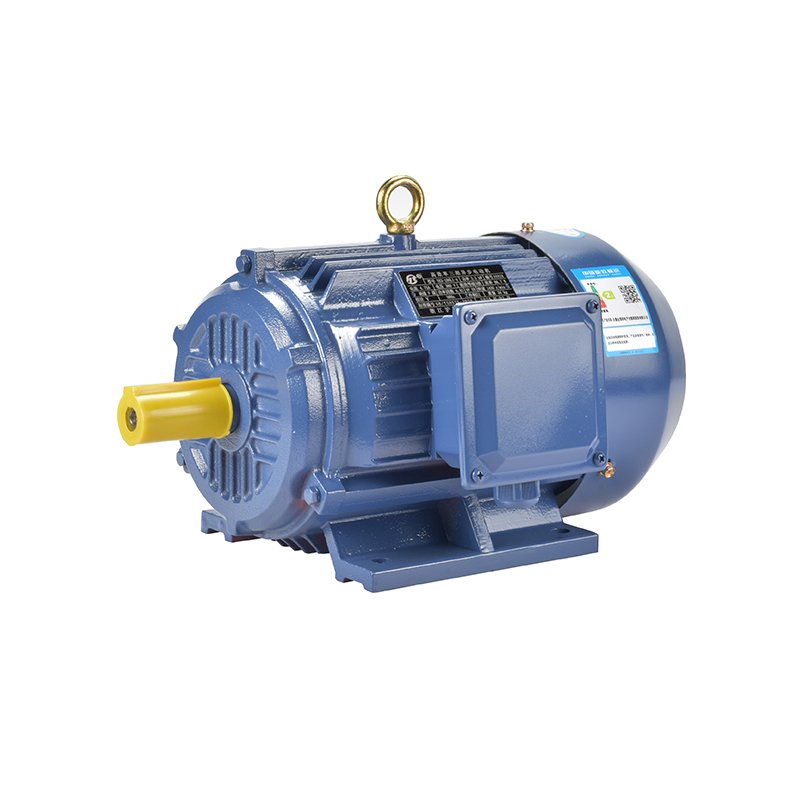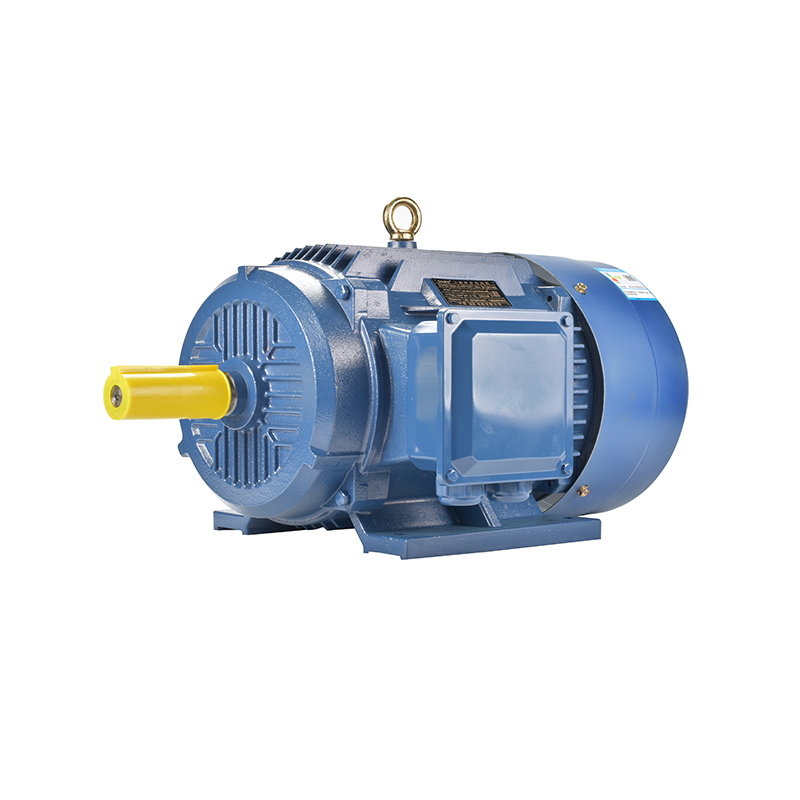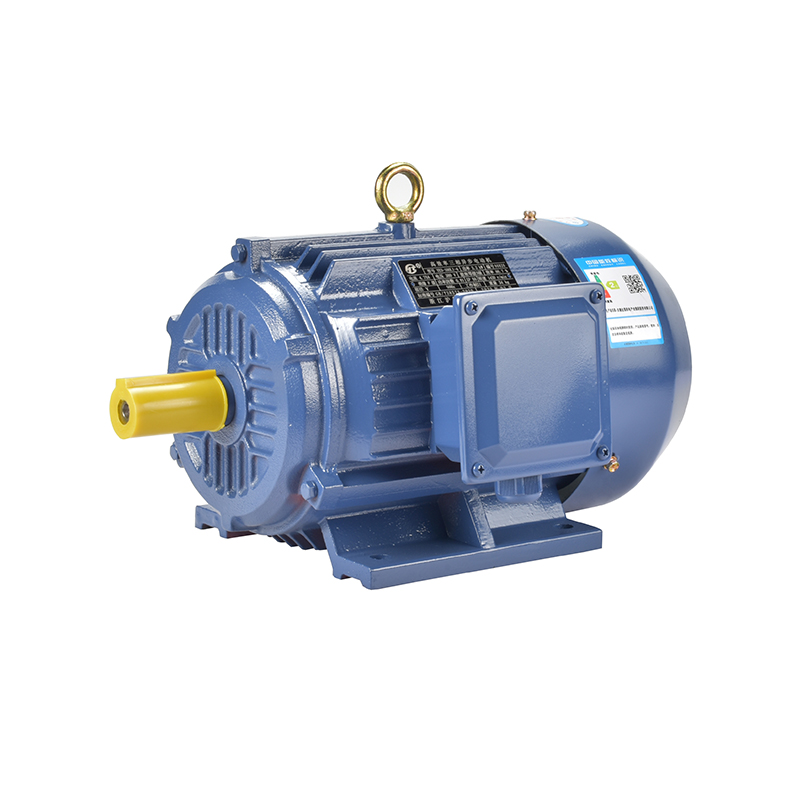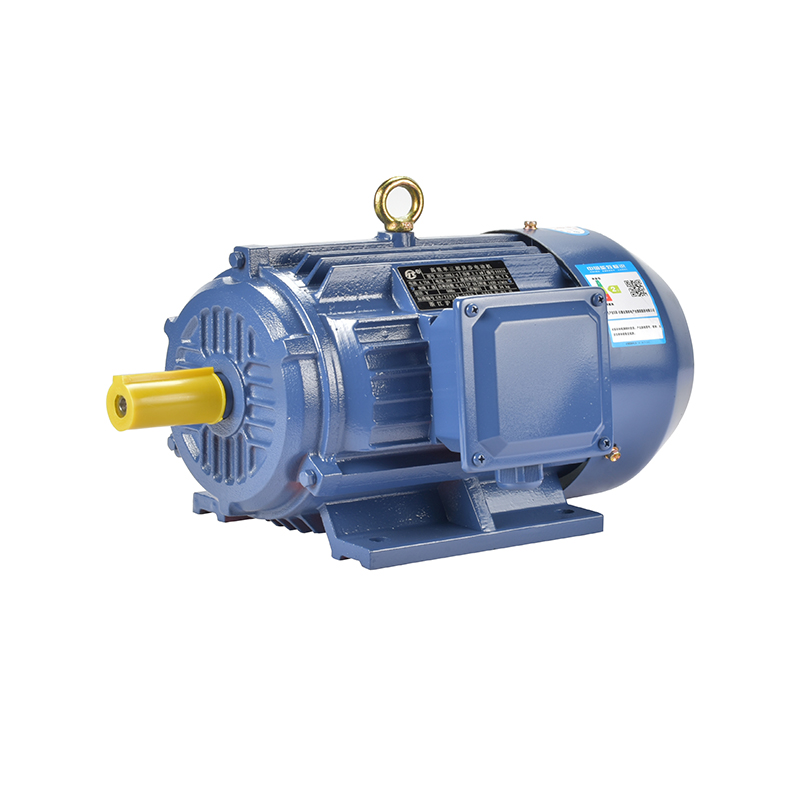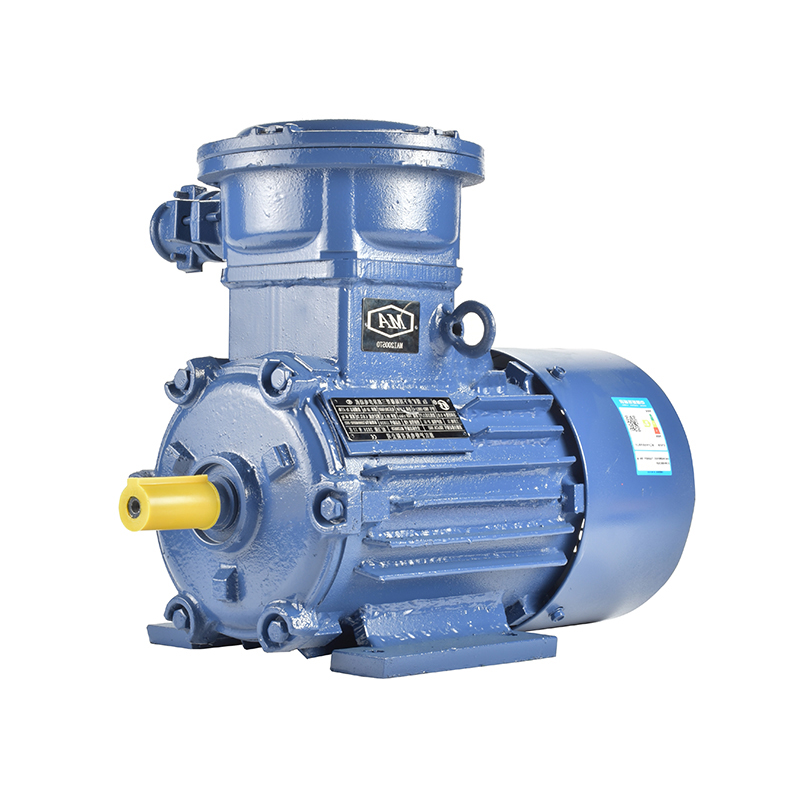Evolving Standards In Electric Motor Safety And Compliance
In recent years, the global landscape for electric motor safety and compliance has undergone a marked transformation. As manufacturers and end users alike respond to increasingly stringent regulations, the emphasis has shifted from simple performance metrics to a more holistic view—one that uniquely balances operational efficiency, user safety, and environmental impact. This evolution is especially significant for both asynchronous and synchronous motor designs, and it reverberates across sectors ranging from manufacturing to utilities.

One area that has drawn considerable attention is the integration of explosion proof servo motor systems in hazardous environments. These motors are engineered to prevent internal sparks or arcs from escaping the motor housing—an essential feature in chemical plants, oil and gas facilities, and other settings where flammable gases or dust are present. As standards evolve, manufacturers must demonstrate conformity with regulations that differ between regions: North America follows National Electrical Code (NEC) guidelines, including Class I, Division 1 and 2 classifications, while Europe references ATEX directives. The result has been a more unified approach to safety compliance, blending international protocols to ensure that explosion proof servo motor technology is not only efficient but demonstrably safe.
At the heart of many compliance frameworks is the focus on durability under real-world conditions. This advances to specific assessments for overload protection, thermal resistance, insulation integrity, and vibration resilience. For example, formal testing now often includes deliberately overloading a winding motor 3 phase arrangement to verify that insulation and cooling systems can respond appropriately without compromising safety. The multitude of tests—ranging from thermal cycling to humidity exposure—create a well-rounded profile of how small variations in operational loads or ambient temperature could advance to wear, premature failure, or compromised safety.
Another dimension of motor compliance is electromagnetic compatibility (EMC). As more factories and plants adopt automation, motor controllers, drives, and associated wiring must function harmoniously within a dense web of electronic communications. For both asynchronous and synchronous motor systems, this means passing emissions and immunity tests under standards such as IEC 61800-3, IEC 61000-6-2, or EN 55011. Non-compliant installations can generate noise, distort signals, or even trigger cascade shutdowns—a serious concern when precision control of motor-driven processes is involved.
Safety standards also increasingly emphasize monitoring and diagnostics. Engineers are using sensors to track current, temperature, vibration, and even partial discharge effects in real time. For example, vibration sensors can detect even minor bearing wear, while temperature probes can monitor hot spots in winding motor 3 phase setups—allowing preventive maintenance before a breakdown occurs. Compliance regimes are adapting to include guidelines for continuous condition monitoring; this is an important shift away from reliance solely on scheduled inspections.
An underappreciated but relevant aspect of updated standards is the focus on lifecycle sustainability. As environmental concerns gain traction, companies are tasked with showing that their motors—and particularly asynchronous and synchronous designs—can be repaired or recycled efficiently. To this end, compliance now often incorporates documentation of end-of-life handling, e-waste disposal protocols, and guidelines for reducing the use of restricted substances. Full compliance thus becomes a broader requirement, reaching beyond in-service safety to encompass waste management and material stewardship.
Another fascinating trend is the growing precision in torque control for explosion proof servo motor applications. In older safety standards, the emphasis was mainly on preventing ignition sources; today, the conversation has expanded. Detailed fault and safety analyses are expected to assess not only worst-case ignition risk, but also mechanical and process-level interactions. Excessive torque, for instance, can stress couplings and shafts, potentially causing sparks from metal-on-metal contact. Updated guidelines encourage the integration of torque sensors and software that can gently ramp down the system before a run-up to a fault can occur.
At the regulatory level, equipment certification has also seen change. Third-party labs often now test complete motor-drive combinations rather than evaluating motor housings in isolation. This shift acknowledges that real-world motor performance depends on the interplay between the motor, its power electronics, cabling, and control firmware. Approval bodies may require a report demonstrating that the asynchronous motor or synchronous motor, when run with a specific variable frequency drive, maintains compliance across its full speed range.
In summary, evolving standards in electric motor safety and compliance reflect an expanded definition of “safe.” It’s no longer enough for a winding motor 3 phase unit to simply meet torque or current specs. Manufacturers must consider explosion proof protection, electromagnetic compatibility, thermal robustness, real-time monitoring, and even end-of-life considerations. As a result, today's safety-conscious motor suppliers—and the plants that deploy their equipment—embrace a comprehensive outlook, designing systems that meet regulatory demands while also enhancing reliability, uptime, and responsible use. This gradual convergence of technical rigor and environmental awareness marks a new chapter for both asynchronous and synchronous motor technologies, preparing the industry for its more resilient and compliant generation.
-
Feedback



 English
English русский
русский Español
Español عربى
عربى

